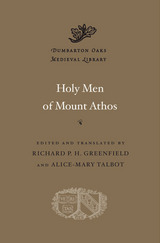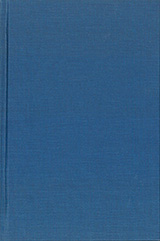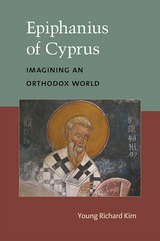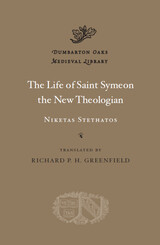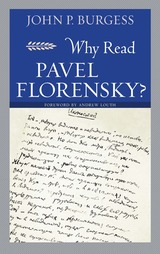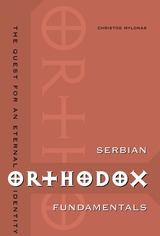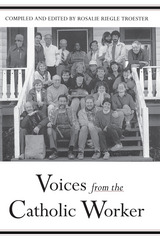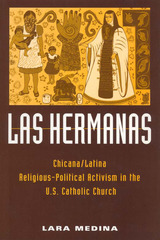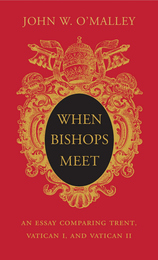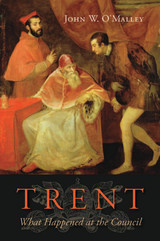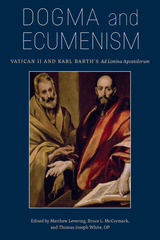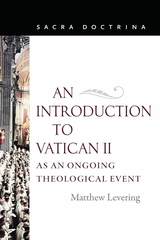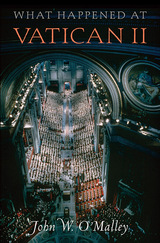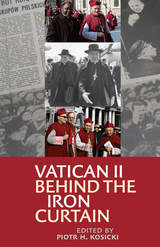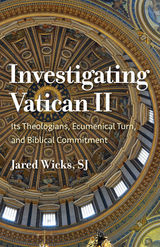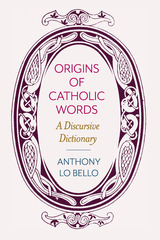Serbian Orthodox Fundamentals: The Quest for an Eternal Identity
Central European University Press, 2003
Cloth: 978-963-9241-61-9 | eISBN: 978-615-5211-20-1 (PDF)
Library of Congress Classification BX713.M95 2003
Dewey Decimal Classification 281.94971
Cloth: 978-963-9241-61-9 | eISBN: 978-615-5211-20-1 (PDF)
Library of Congress Classification BX713.M95 2003
Dewey Decimal Classification 281.94971
ABOUT THIS BOOK | TOC
ABOUT THIS BOOK
This book is a comprehensive exposition of the interaction of a national (the Serbian people) and a religiou (the Orthodox Christian faith) content, in the formation of a distinctive national identity and a mode of being. Its interdisciplinary approach, drawing on sociology, social anthropology, theology, political theory, Balkan historiography, and Serbian folklore, is deployed to provide a powerful and original analysis of how Serbian Orthodoxy has resulted in the sacralisation of the Serbian nation by framing the parameters of its existence. Addresses the following questions: what 'makes' a Serb? Are meaningful assumptions possible by introducing Serbian Orthodoxy as the primal point of reference? Why does religion appear to have an especially strong appeal?
See other books on: Church and state | History of doctrines | Nationalism & Patriotism | Orthodox | Religious life and customs
See other titles from Central European University Press

